Gangtok
A complete tourist and cultural guide
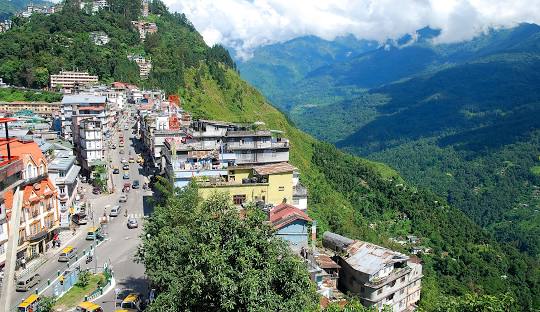
Gangtok, the capital city of Sikkim, is a charming hill station nestled in the eastern Himalayas. Perched at an altitude of around 5,410 feet, it offers breathtaking views of snow-capped peaks, including the majestic Kanchenjunga, the world’s third-highest mountain. Known for its clean streets, vibrant culture, and friendly locals, Gangtok beautifully blends tradition with modernity
Must-Visit Attractions in Gangtok
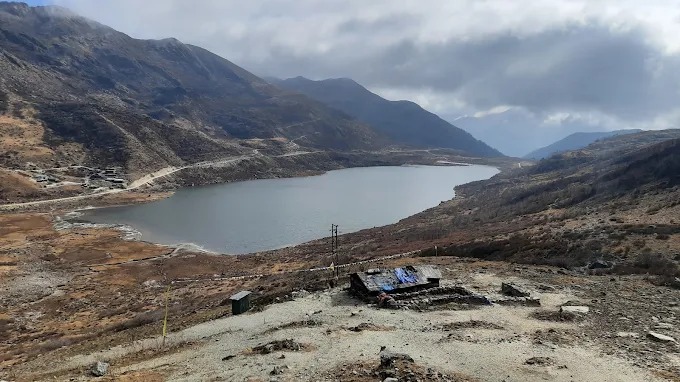
Tsomgo Lake
Situated at an altitude of 12,310 feet, Tsomgo (or Changu) Lake is a glacial lake surrounded by rugged mountains
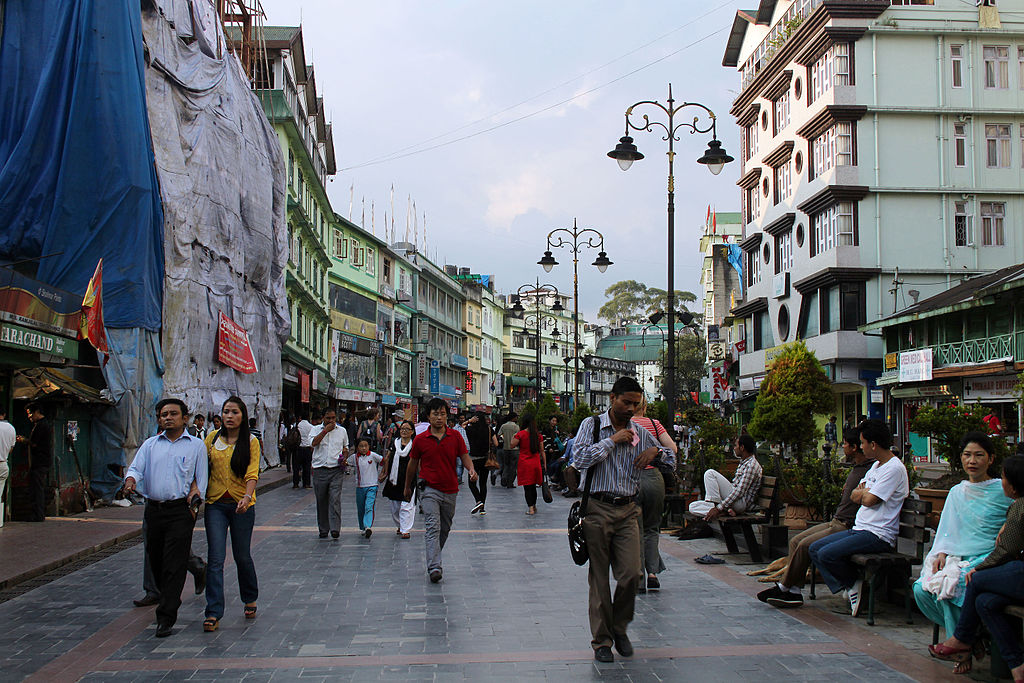
MG Mart
The heart of Gangtok, MG Marg is a lively, vehicle-free street lined with shops, cafes, and restaurants.
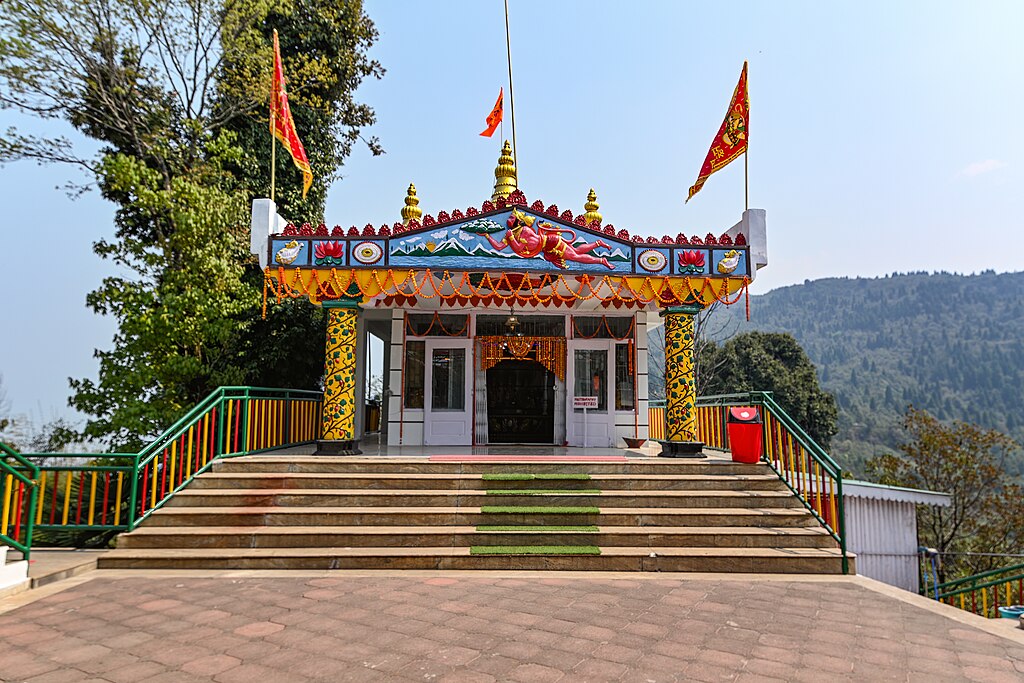
Hanuman Tok
A peaceful hilltop temple dedicated to Lord Hanuman, Hanuman Tok offers breathtaking views. It has very calm and spiritual vibes.
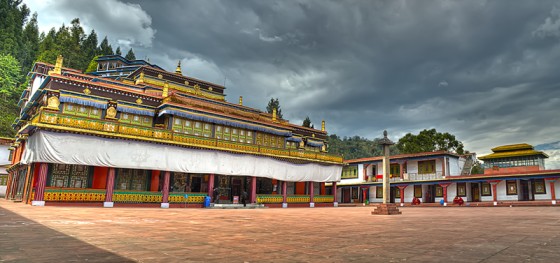
Rumtek Monastery
One of the largest and most significant monasteries in Sikkim, Rumtek is a center for Buddhist teachings and culture.
Major Attractions Nearby Gangtok
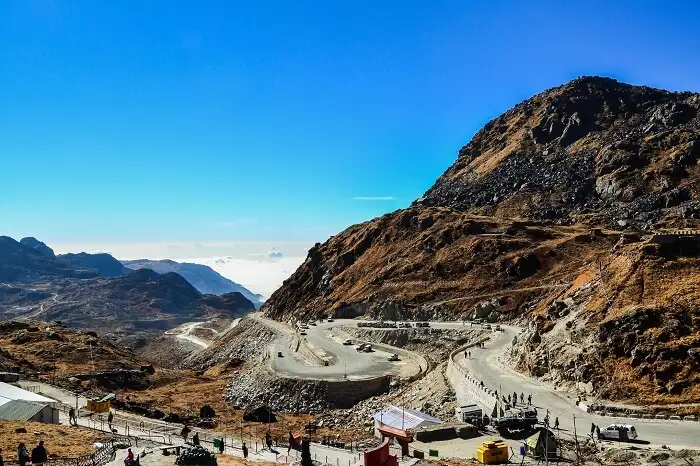
Nathula Pass
Located about 56 km from Gangtok, Nathula Pass is a historic mountain pass on the Indo-China border at an altitude of 14,140 feet
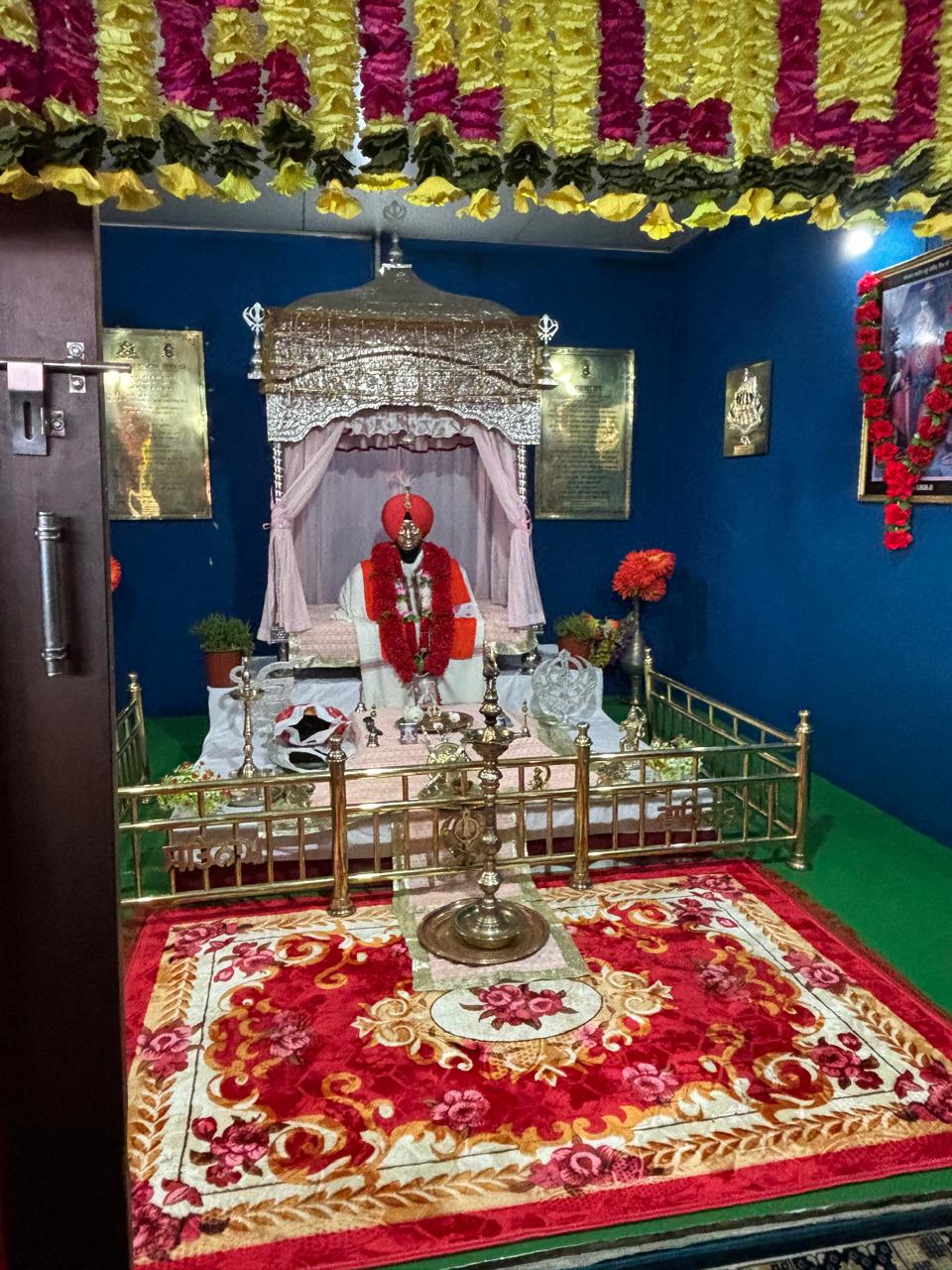
Baba Harbhajan Singh Temple
Situated en route to Nathula Pass, this unique shrine is dedicated to Baba Harbhajan Singh, an Indian army soldier.

Zuluk
Approximately 90 km from Gangtok, Zuluk is a small village famous for its breathtaking “silk route” loops and winding roads.
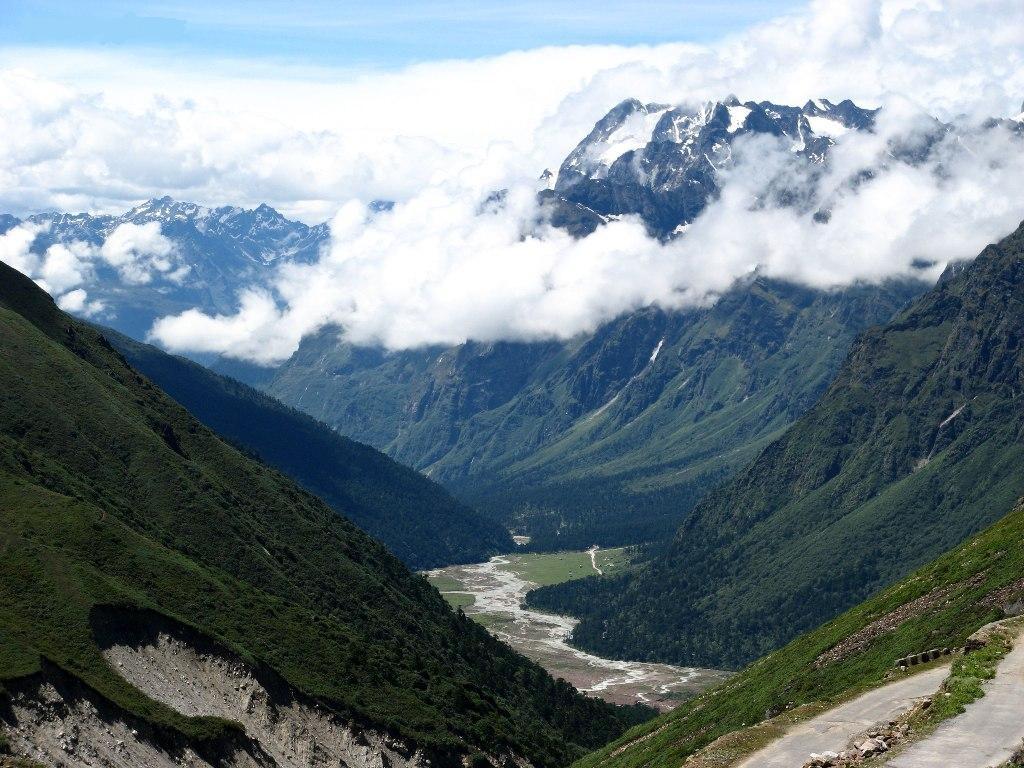
Yumthang Valley
It is located around 150 km from Gangtok in North Sikkim. Famous for its vibrant rhododendron blooms in spring
Things to do in Gangtok
In Gangtok, you can enjoy peaceful walks, take in stunning mountain views, explore local culture, try delicious food, and experience a mix of calm and adventure in the fresh Himalayan air.
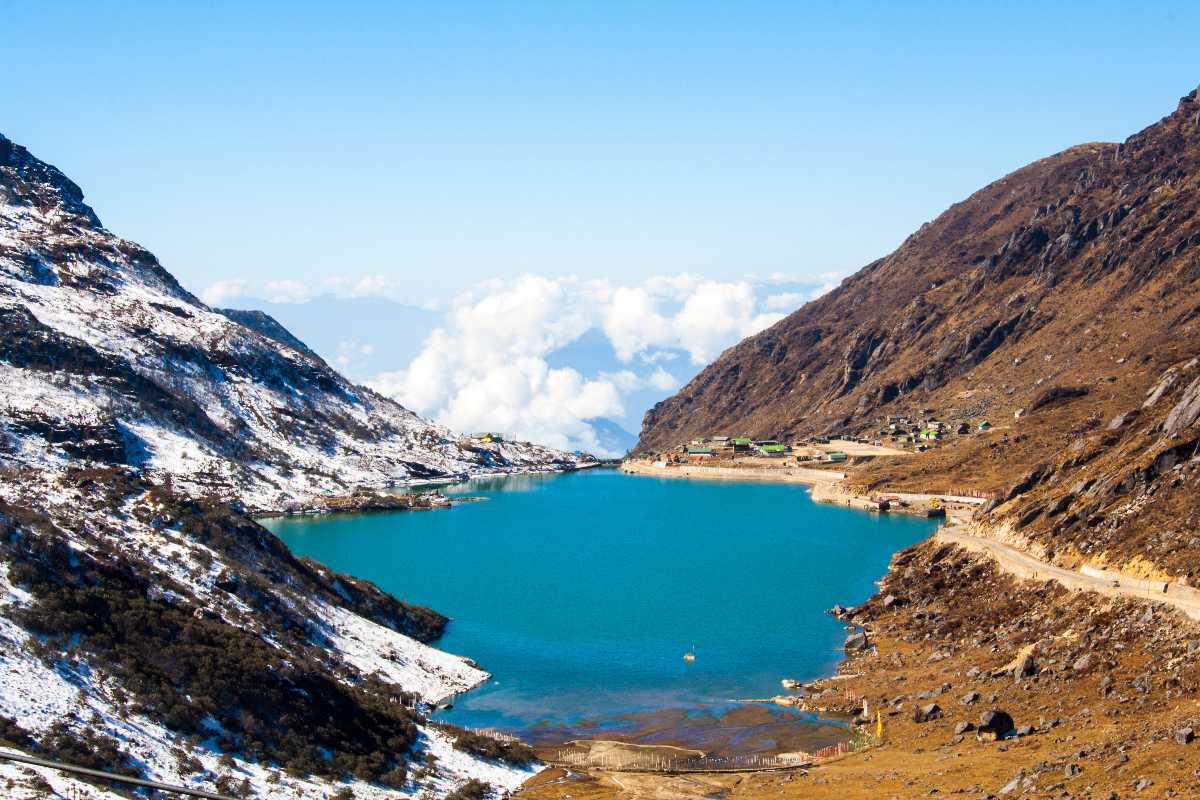
Enjoy the Scenic Views
Soak in the breathtaking sights of rolling hills, lush valleys, and snow-capped Himalayan peaks that surround the city.
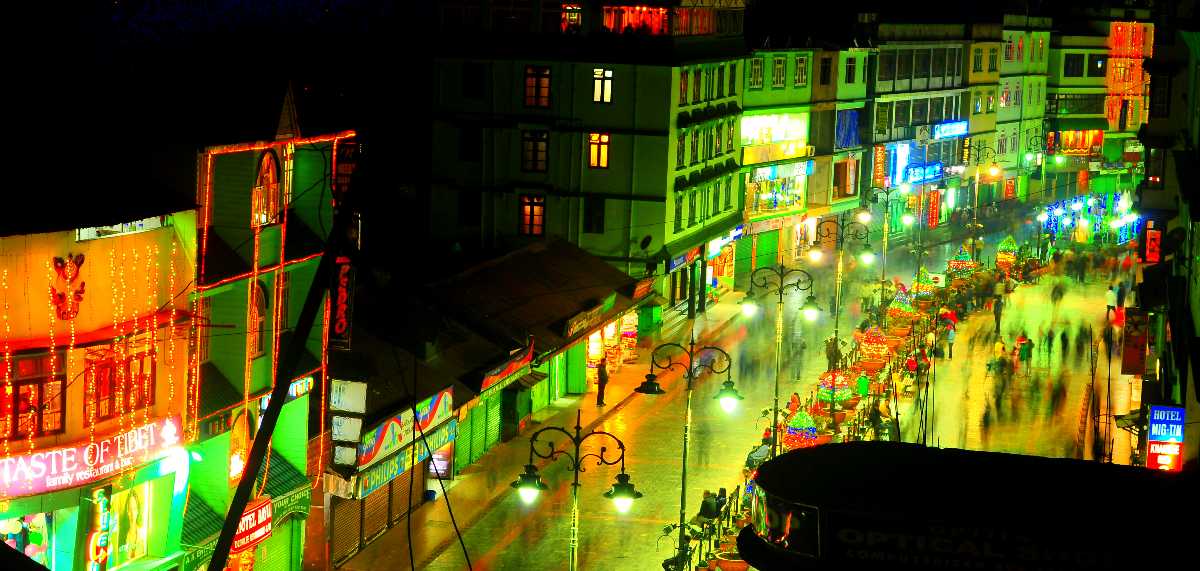
Experience Local Culture
Immerse yourself in the unique blend of Sikkimese traditions by exploring monasteries, vibrant markets, and cultural festivals
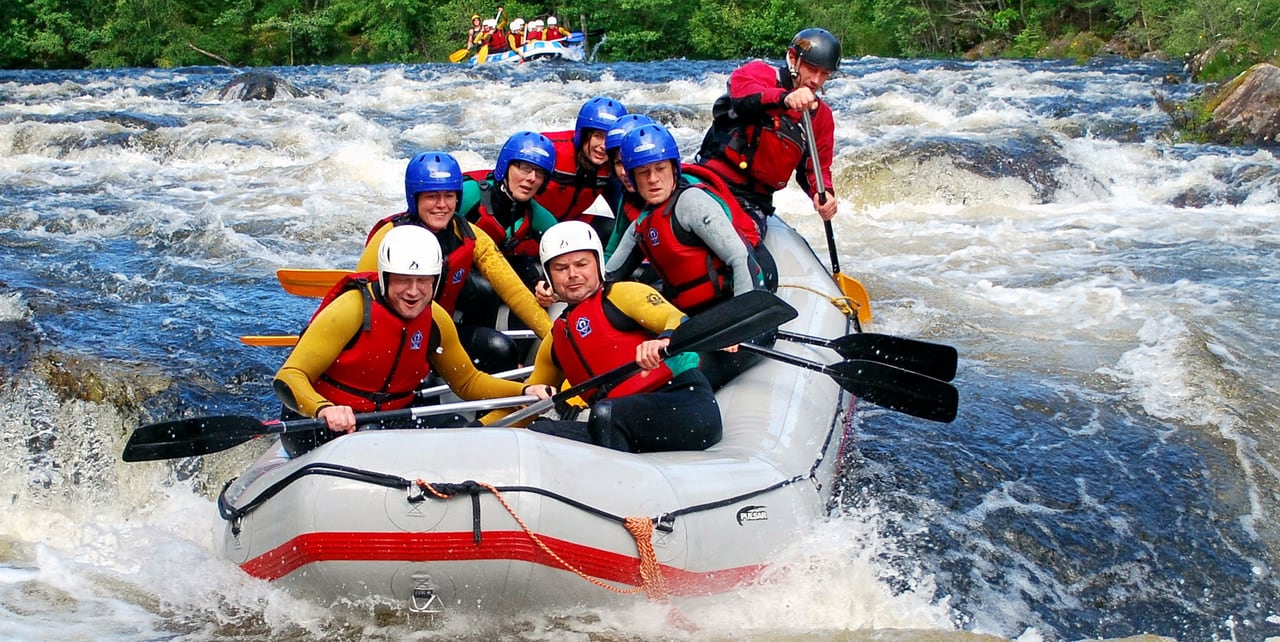
Try Adventure Activities
For thrill-seekers, Gangtok offers activities like trekking, river rafting, and paragliding, letting you experience.
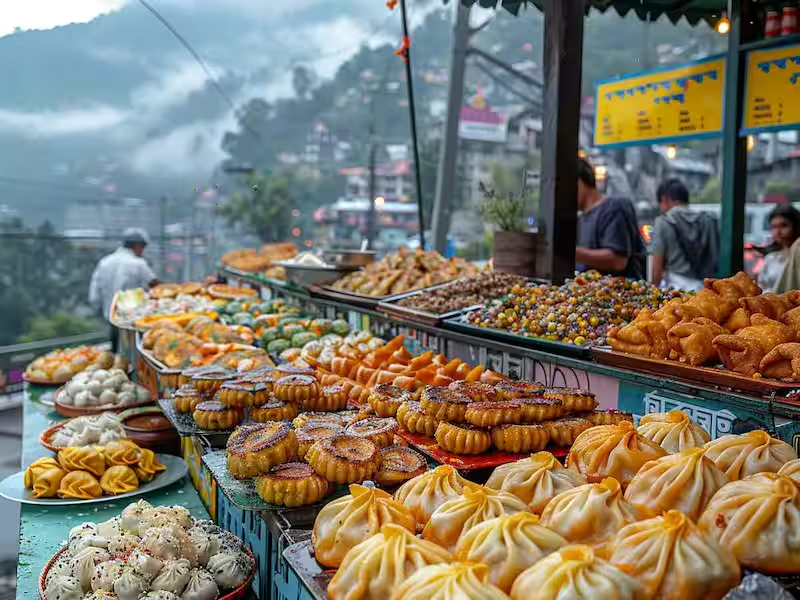
Relish Local Cuisine
Savor delicious Sikkimese and Tibetan dishes, from steaming momos to hearty thukpa, in cozy cafes and eateries around the town.
The Performing Art of Gangtok
The performing arts of Gangtok are a vibrant expression of its rich culture and traditions. They often combine graceful movements, rhythmic music, and colorful costumes to depict stories from folklore and spirituality. These art forms are deeply connected to the community’s way of life, celebrated during festivals and special occasions.
Pangtoes Chaam Dance
Bhutia Folk Songs
Gha To Kito
Pangtoed Chaam music, performed during masked dances, combines rhythmic drumbeats and cymbals to create a spiritual aura. Bhutia folk songs are another important form, often inspired by nature and the daily lives of the local people, carrying a soothing and melodic tone. Gha To Kito, a devotional style of music, is deeply rooted in Buddhist rituals.
Chaam Dance
Maruni Dance
Singhi Chaam
Cham Dance, performed by monks during religious festivals, features elaborate masks and costumes. Maruni Dance is a lively folk dance performed during celebrations, showcasing graceful movements and colorful attire to depict joy and festivity. Singhi Chaam, or the snow lion dance, represents the mythical snow lion of Sikkim and is performed to honor the region’s guardian deities.
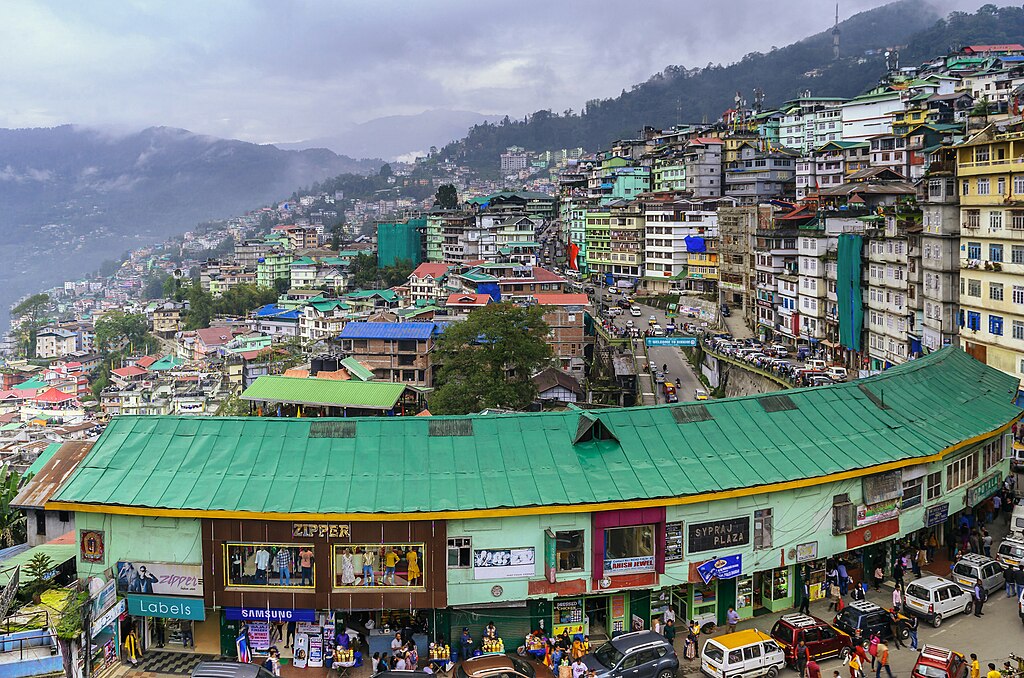
City Vibes of Gangtok
The city vibes of Gangtok are a harmonious blend of natural beauty, vibrant culture, and modern charm. Nestled amidst the Eastern Himalayas, it offers a refreshing atmosphere with its clean streets, bustling markets, and panoramic mountain views.
Heritage of Gangtok
The heritage of Gangtok reflects a rich tapestry of culture, spirituality, and history deeply rooted in its Himalayan setting. Influenced by Buddhism, the city is adorned with ancient monasteries, traditional architecture, and vibrant prayer flags that showcase its spiritual essence
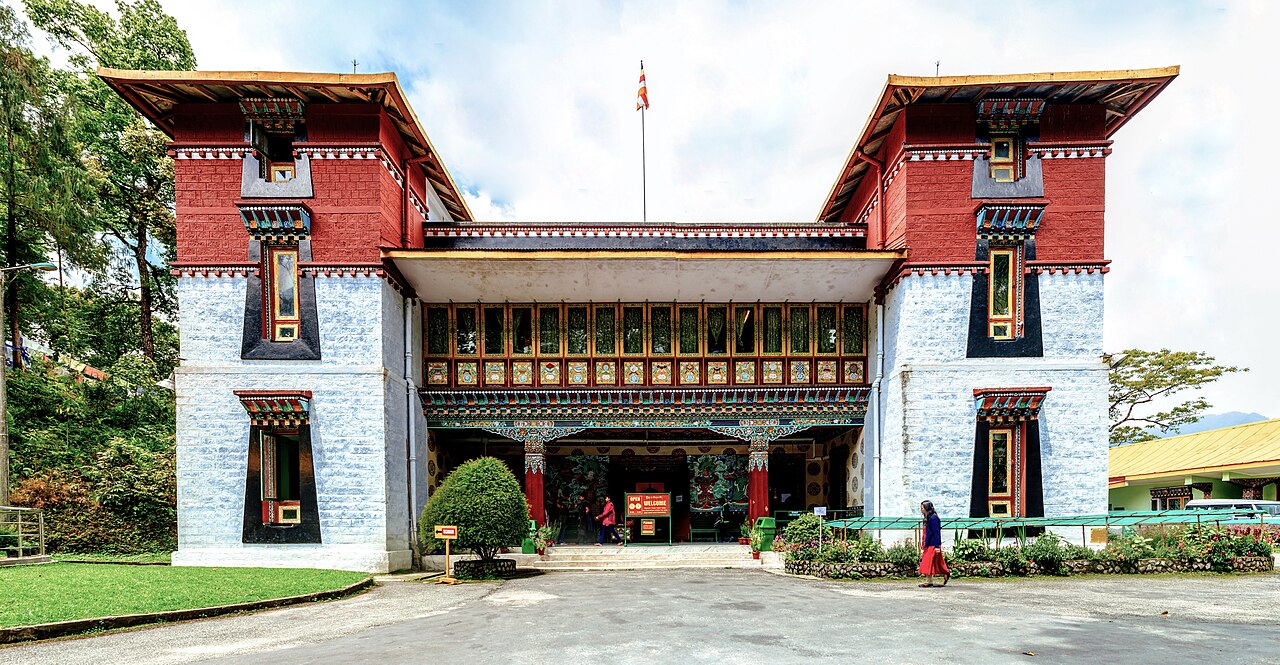
Cuisine of Gangtok
Gangtok is a paradise for food lovers, offering a variety of traditional delights.
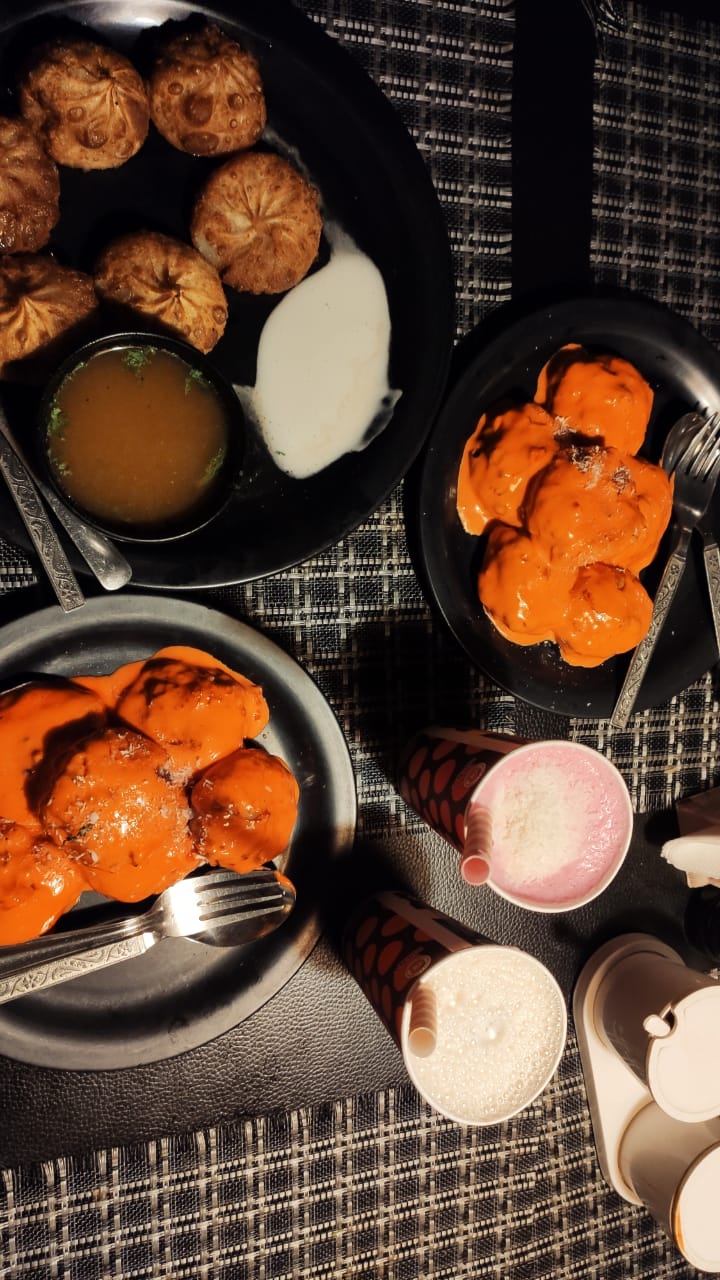
Momos
One of the most loved delicacies, momos are steamed dumplings filled with vegetables, meat, or cheese. Served with spicy red chutney and clear soup.
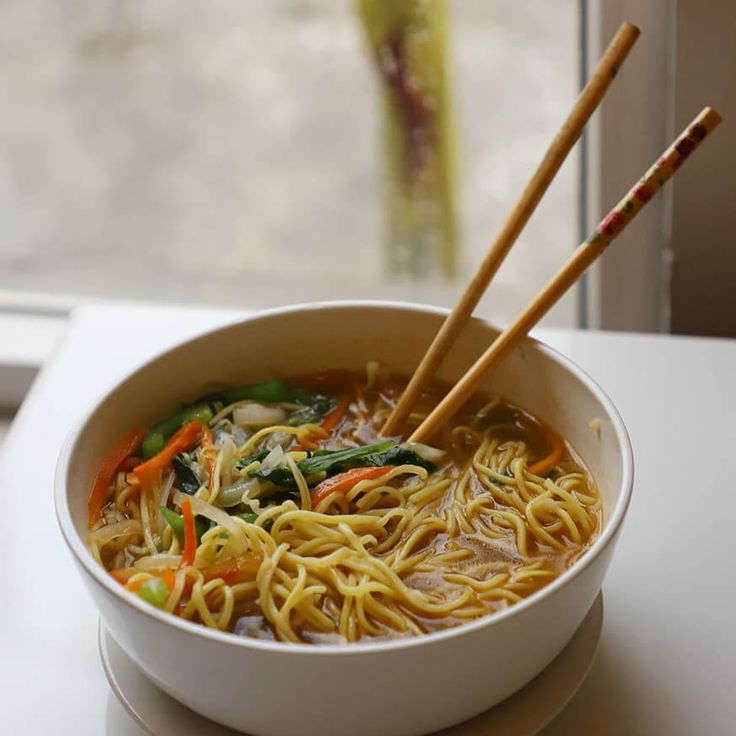
Thukpa
A hearty noodle soup made with vegetables or meat, Thukpa is perfect for the cold weather of Gangtok. It is flavored with local spices and offers a warm, comforting taste.
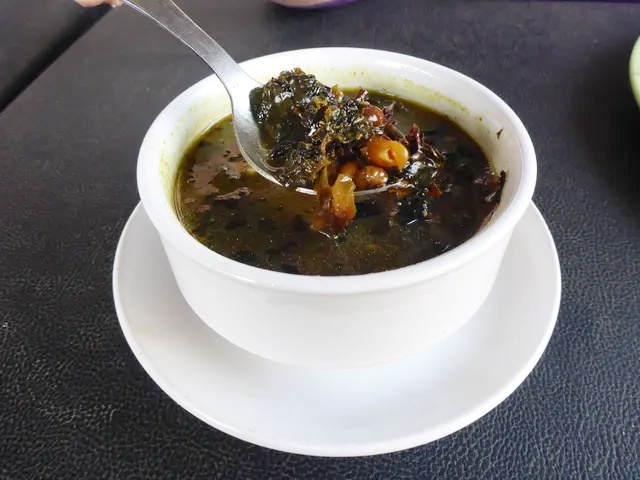
Gundruk Soup
Made from fermented leafy greens, Gundruk soup is a healthy and unique dish often paired with rice. It has a distinct tangy flavor.
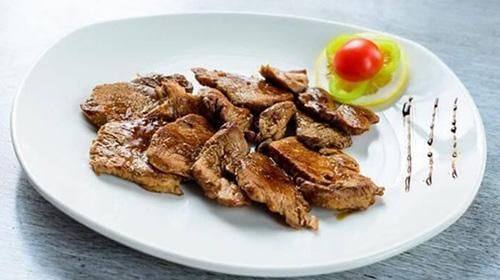
Phagshapa
A traditional dish of pork fat stewed with radish and dry red chilies. This mildly spicy and tangy preparation is a favorite among locals
Shopping in Gangtok
Shopping in Gangtok offers a vibrant mix of tradition and craftsmanship.
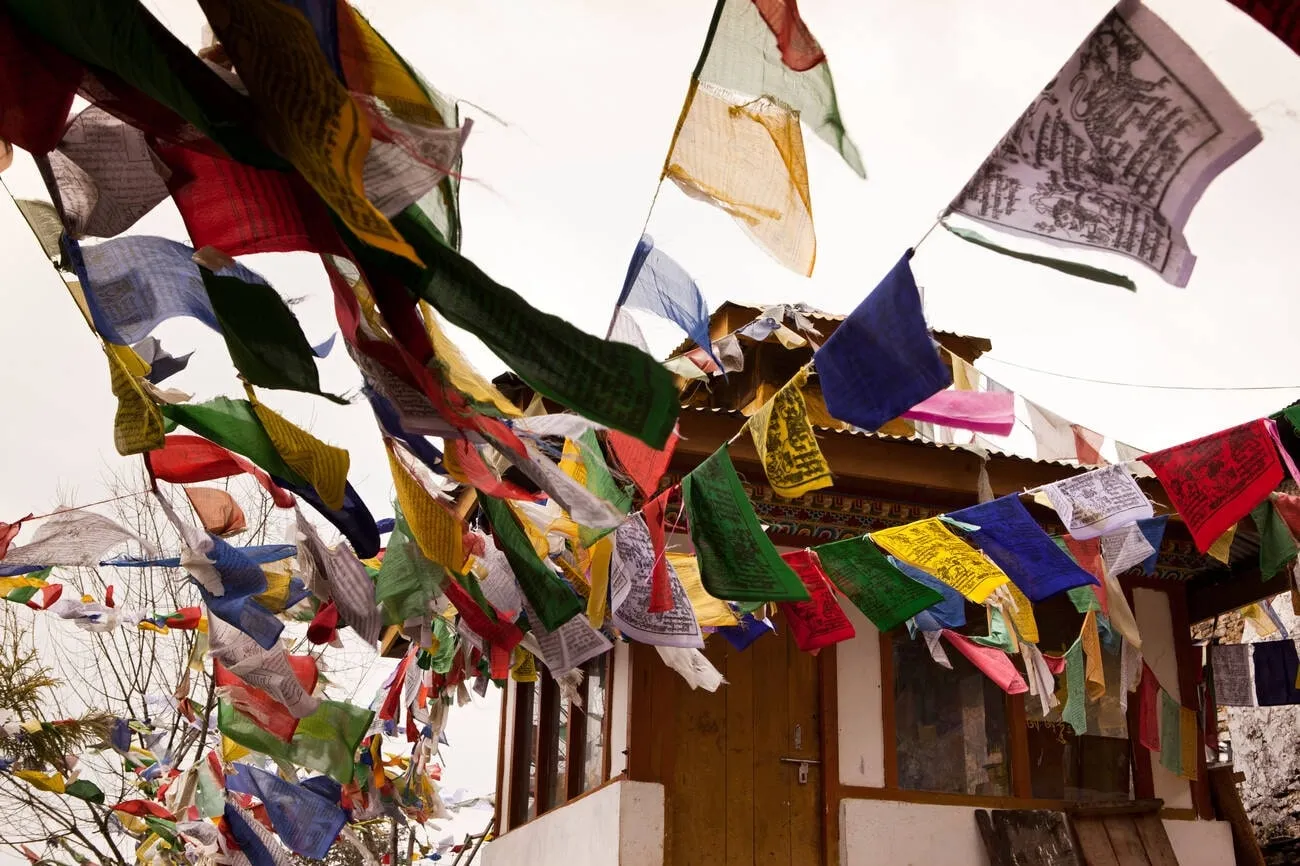
Prayer Flags and Wheels
Colorful prayer flags and handheld prayer wheels are popular souvenirs symbolizing peace and spirituality.
Local spices
It offers fascinating blend of flavors influenced by its Himalayan climate and diverse cultures.
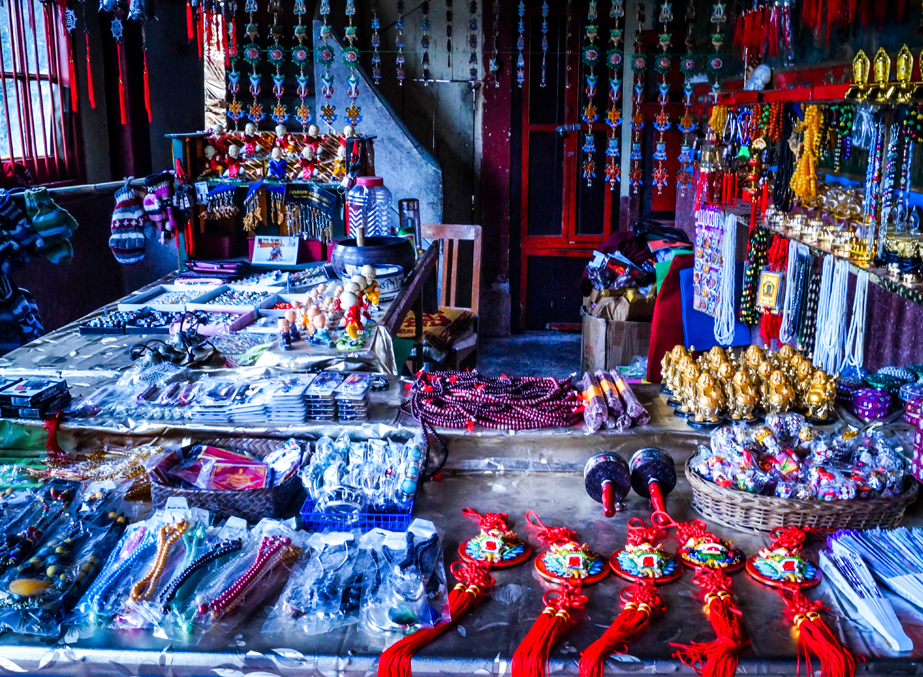
Handwoven Woolens
Warm woolen clothes like sweaters, shawls, and scarves handcrafted by local artisans.

Traditional Sikkimese Tea
Organic and aromatic teas from the hills of Sikkim, including Temi tea, are a favorite among tourists.
Tourist's Handbook
The best time to visit Gangtok is during the months of March to June and September to November, when the weather is pleasant and the skies are clear. During spring and early summer, the hills come alive with blooming rhododendrons and vibrant greenery, making it ideal for sightseeing and outdoor activities.
Carry warm clothing –Even in summer, evenings can get chilly due to the high altitude, so pack layered clothing.
Stay hydrated – The weather can be dry, and altitude changes may cause dehydration, so drink plenty of water.
Respect local customs – Be mindful of cultural and religious practices, especially when visiting monasteries and sacred sites.
Be cautious on roads – Mountain roads can be narrow and winding; always hire experienced local drivers for safe travel.
Check weather updates – Sudden weather changes can affect travel plans, so keep an eye on forecasts, especially during monsoon or winter.
Getting around Gangtok is convenient and offers a mix of local experiences. The city has plenty of taxis that can be hired for short trips within town or for sightseeing tours to nearby attractions. Shared cabs are a popular and budget-friendly option for traveling between different parts of the city.
Overcharging by taxi drivers – Some drivers may quote higher fares, especially to tourists; always negotiate or opt for prepaid taxis.
Fake tour guides – Be wary of unlicensed guides who may offer cheap packages but provide poor service or skip important sites.
Counterfeit handicrafts – Some shops sell mass-produced items as “authentic” local crafts; buy from government emporiums or trusted stores.
Adventure activity scams – Low-cost offers for paragliding or trekking may compromise safety standards; book through certified operators only.
Varanasi Blogs
- Uttar Pradesh Cultural guide
- Places to visit in Varanasi
- Places to visit nearby Varanasi
- India’s most popular destination
- India’s archaeological marvels
Recommended articles
- Uttar Pradesh Cultural guide
- Places to visit in Varanasi
- Places to visit nearby Varanasi
- India’s most popular destination

